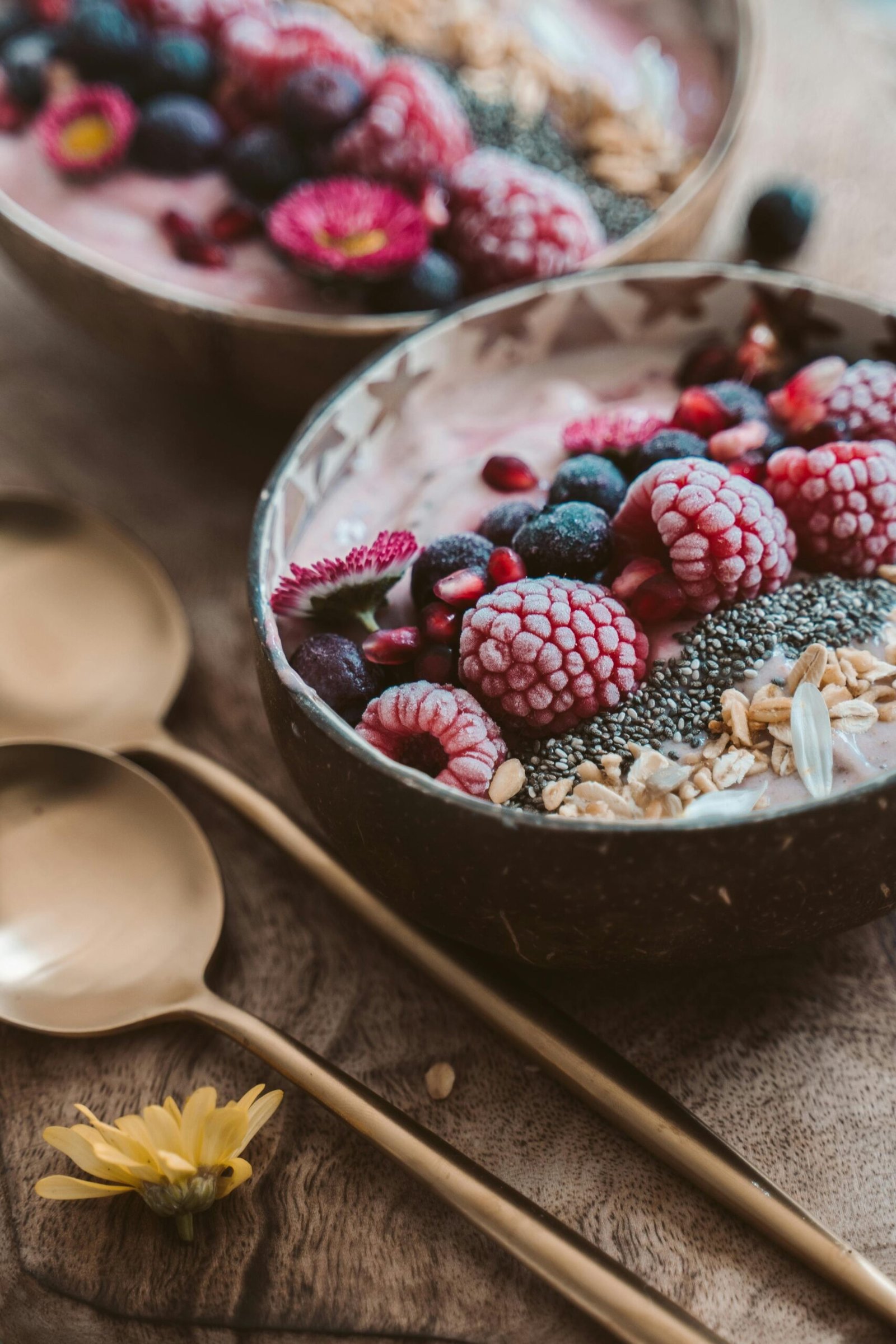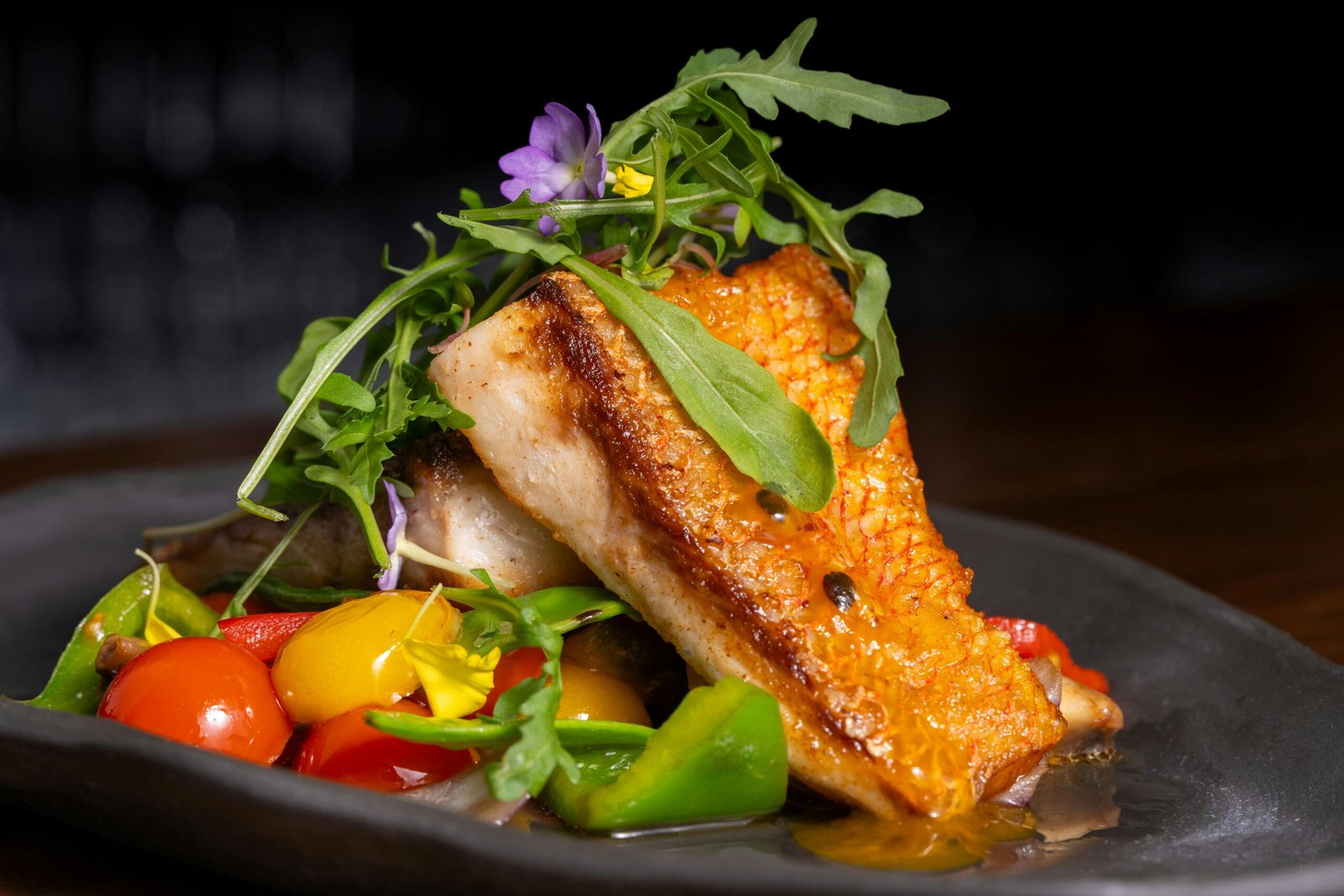Amber Dias explores why anti-inflammatory foods are stealing the spotlight.
Fuelled by increasing awareness about the impact of inflammation on chronic diseases, fatigue, and aging, anti-inflammatory diets are gaining momentum. Be it celebrities like Jennifer Aniston, Gwyneth Paltrow, Deepika Padukone and Vidya Balan, or top international chefs like Jamie Oliver and Giada De Laurentiis, people the world over are embracing this trend. And several restaurants have been quick to curate anti-inflammatory menus that are as delectable as they are beneficial.
Down To The Basics
What is an anti-inflammatory diet? To put it simply, it is a diet that emphasises eating fruits, vegetables, whole grains, lean proteins like fish and chicken, and healthy fats such as olive oil and nuts. It avoids foods that trigger inflammation, including processed items, sugary snacks, and trans fats.

For context, inflammation is the body’s natural defense mechanism against injury and infection. However, chronic inflammation has been linked to conditions like arthritis, heart disease, diabetes, and even Alzheimer’s. And as experts reveal, the key cause and cure comes down to one’s diet. Sugar, trans fats, and unhealthy oils worsen inflammation while whole foods help.
These anti-inflammatory foods help combat inflammation by reducing oxidative stress and supporting the immune system. They include:

- Fruits and vegetables: Rich in antioxidants, like berries, spinach, and broccoli.
- Healthy fats: Found in avocados, olive oil, and nuts.
- Fatty fish: Like salmon, mackerel, and sardines, high in omega-3 fatty acids.
- Whole grains: Such as quinoa and brown rice.
- Spices: Turmeric, ginger, and cinnamon are known for their potent anti-inflammatory properties.
- Fermented foods: Yoghurt, kimchi, and sauerkraut, which promote gut health.
The Shift Towards Anti-Inflammatory Eating
The shift towards anti-inflammatory eating stems from a collective realisation: Food has the power to heal. As people increasingly look for preventive measures against lifestyle diseases, anti-inflammatory diets offer a sustainable, flavourful solution. Unlike restrictive diets, they emphasise abundance, encouraging the consumption of colourful, nutrient-dense foods.

Additionally, the rise of social media has made these menus more accessible and aspirational. Eye-catching photos of turmeric lattes or avocado toast inspire others to adopt healthier choices.
However, while anti-inflammatory menus are a boon for wellness enthusiasts, they do face challenges. Ingredients like salmon, quinoa, or avocados may not be accessible or affordable to everyone. Moreover, without proper education, the nuances of anti-inflammatory eating can get lost amidst marketing hype. For instance, simply adding turmeric to a sugar-laden drink won’t negate its inflammatory effects.

On The Menu
Eating out has long since been the bane of sticking to a diet – deliciously presented and aromatic food is tempting, we get it. Good to note though is that where there’s a food trend, restaurants will follow, and with a large part of their clientele turning their attention towards healthier, cleaner eating, in this case following the pack is probably the right move. From entire menus to making adjustments to staples, restaurants around the world are making room for anti-inflammatory foods to shine – including fast food giants like McDonald’s, Starbucks, Taco Bell, Wendy’s and Subway. That being said, if you’re eating out, it’s always wise to play it cautious when ordering food.

If you’ve got a taste for Italian, opt for a baked or grilled chicken/ fish with a side of vegetables – be sure to request it without butter and cream. Whole wheat pasta with marinara sauce and veggies on the side is another good choice.
For lovers of Asian food, look for options that offer brown rice and low-salt soy sauce. Sushi with veggies, tuna and salmon are a great choice as are miso soups and seaweed salads.

Hardcore lovers of Indian food will be happy to hear that most of the spices used in Indian cooking are anti-inflammatory – its just dishes with added cream that you need to watch out for. Curries or dals are spot-on, while tandoori style chicken or fish are definitely up there on the list. Dishes like palak paneer also make the cut.
The Future Of Anti-Inflammatory Dining
As research into the connection between food and inflammation deepens, the popularity of anti-inflammatory dining is set to grow. Restaurants are likely to focus on local, seasonal, and sustainably sourced ingredients to keep up with demand. Additionally, food tech innovations might make anti-inflammatory options more accessible, catering to diverse tastes and budgets.

DIY Anti-Inflammatory Meals
Breakfast: A smoothie made with spinach, almond milk, frozen berries, chia seeds, and turmeric.
Lunch: A salad of kale, roasted sweet potatoes, avocado, and a lemon-tahini dressing.
Dinner: Grilled salmon served with a side of quinoa and steamed broccoli.
Snack: A handful of walnuts with a drizzle of raw honey.

Anti-Inflammatory Diet Tips
- Incorporate at least nine servings of fruits and vegetables into your daily diet.
- Eat vibrant salads with a variety of fresh vegetables like bell peppers and tomatoes. Opt for dressings like olive oil and balsamic vinegar for added flavour.
- Start your day with nutrient-dense smoothies made from ingredients like spinach, kale, berries, flaxseeds, and a pinch of turmeric. Use coconut water for a refreshing, hydrating base.
- Make stir-fries more beneficial by including proteins like tofu or chicken, and adding vegetables like peppers and broccoli. Flavour them with spices like garlic, ginger, and turmeric.
- Enjoy nutrient-rich soups loaded with carrots, sweet potatoes, and kale.
- Opt for snacks like prebiotic fiber bars, nuts, seeds, or fresh fruits and vegetables.











